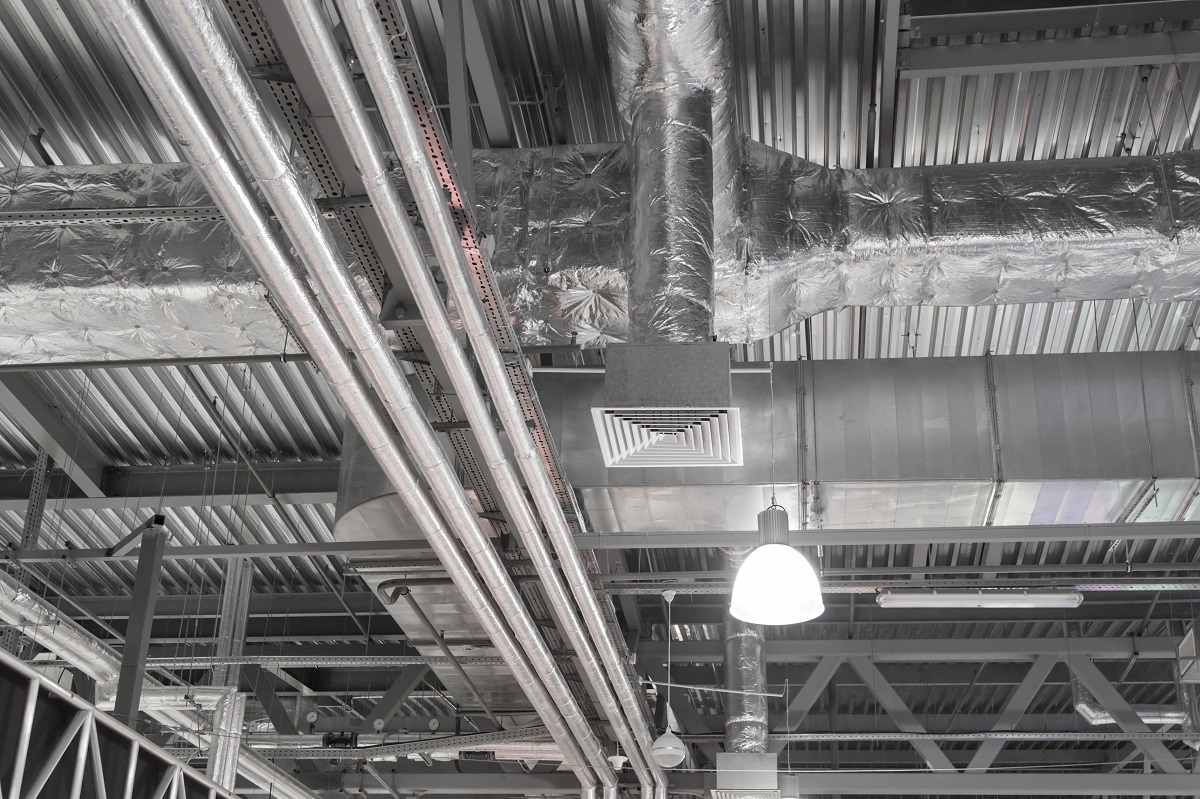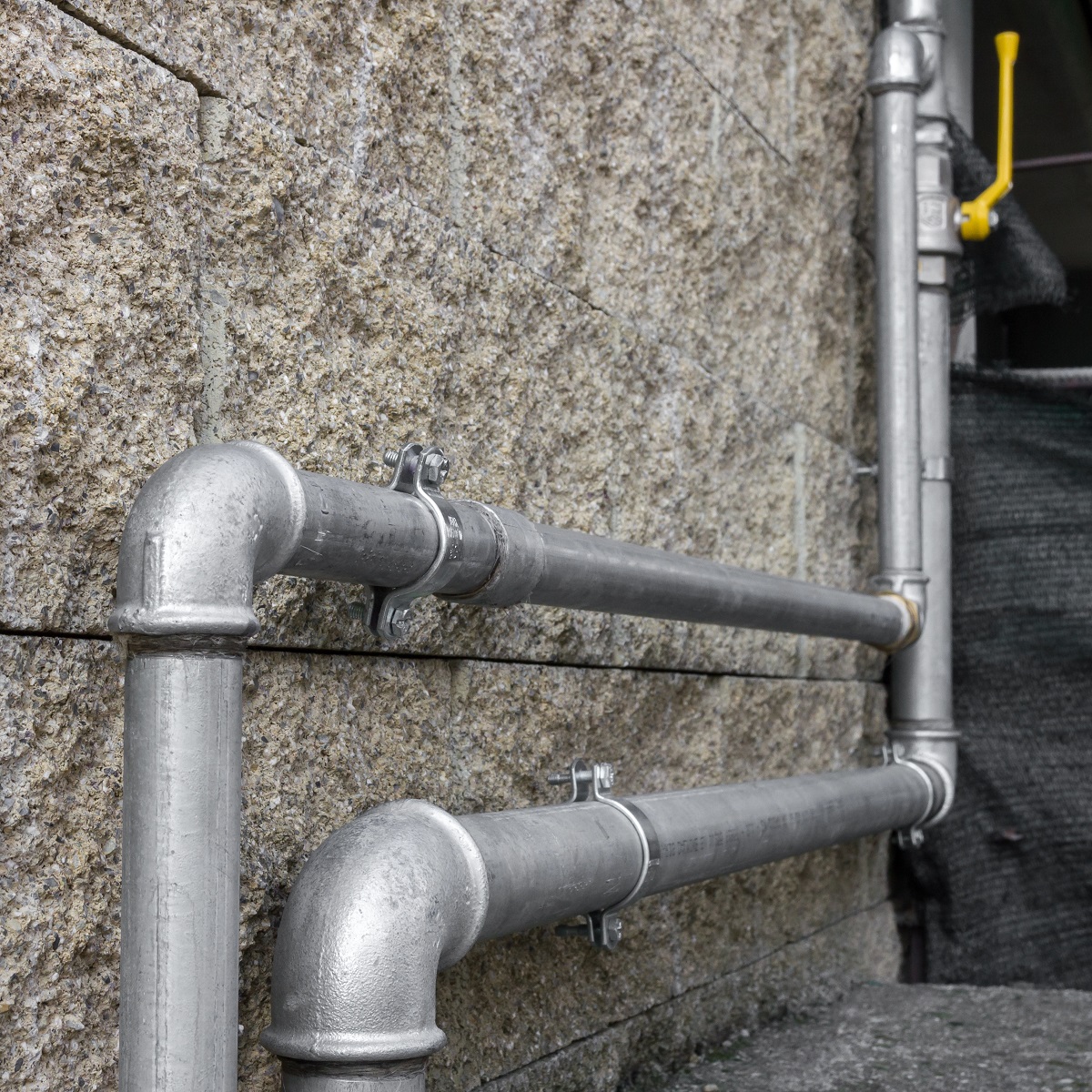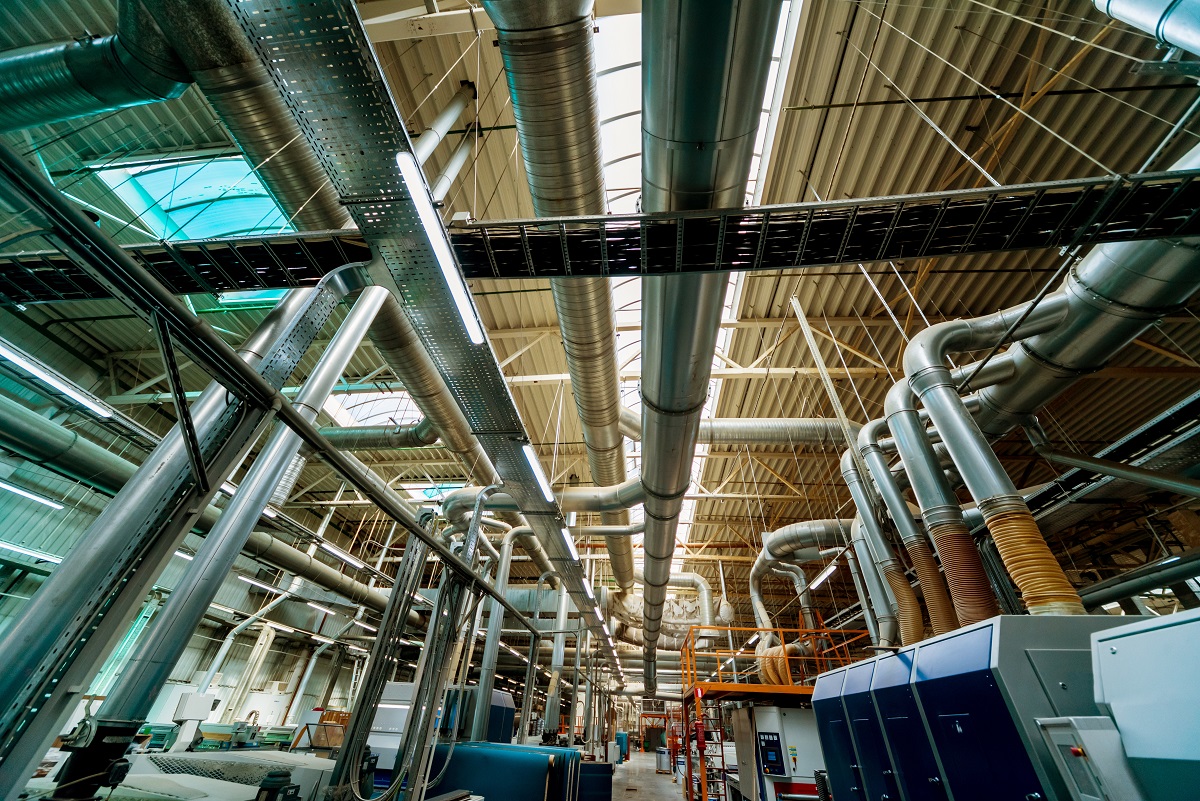
Choosing The Best Pipes for Compressed Air Piping Systems
What do you need to know when it comes to the right pipes for Compressed Air Systems?
- How Compressed Air Piping works
- The preferred material for pipes
- Choosing future-proof fittings
- Factors that affect the piping layout
A compressed air system supplies pressurized air throughout a building for a multitude of uses. It can be seen in residential, commercial, and industrial applications to get work done by running air tools, maintaining the operation of machines, or providing a power source for oil rigs. With numerous uses in countless businesses, you need high-quality materials for this system. Fortunately, a steel pipe supplier in the Philippines can help you with this. Keep on reading to learn more about pipes for air systems!
How Compressed Air Piping Works
Whether you operate a small auto service business or a large refinery, an air compression system is an essential power source for your company. From agriculture, manufacturing, pharmaceutical, food, and other numerous industries—you won’t get things done without this essential setup.
Because of that, you need the proper piping to install this system properly. This is because it is responsible for supplying the pressurized air throughout your facility properly. This makes it possible to move products in conveyor belts, package them properly, and pack them in pallets for delivery.
But that doesn’t mean that any kind of pipe will do the job. You need to consider the volume, quality, and pressure needed to power the devices in your building that needs compressed air. You want your tubes to be leak-free and have minimal pressure drops to maintain operations in your facility.
The Preferred Material for Pipes

That’s why if you want to reduce downtime in your facility, you need to choose the right pipes for your Compressed Air System. Otherwise, it will eventually crack under pressure. If this happens, you can’t rely on ordinary repairs. Instead, you need to replace your pipes, which can be costly if done sooner than expected. Because of this, you need tough and durable materials that can withstand extreme pressures and last for a long time.
For this reason, the commonly used material for air supply lines is metal. These heavy-duty pipes are strong enough to hold out against high pressures and temperatures of air. They also have a proven safety track record because they have been used longer than other types of materials.
In addition to that, steel pipes are used for numerous applications because they resist abuse. Because of this, you can expect them to be rigid enough against blowouts, fractures, and warping. Besides, it is safe to use compressor lubricants and oils on metal pipes without it degrading the material. As a bonus, because these are widely used, most technicians know how to install these pipes.
Choosing Future-Proof Fittings
Now that you have chosen the right pipes, you need to consider the fittings too! Most steel pipes are threaded at the ends for couplings. Other than that, they can be welded too. Fortunately, the right materials are commonly found in local hardware stores. They are available in steel variants too, so you should have peace of mind knowing that they’re durable enough to last a long time.
But to make sure that you get the best out of them, there are some considerations you need to know. For example, you can use ball valves to make repairs and adjustments in the future. It can provide leak-proof seals and can be opened and closed quickly. Other than that, unions will also make change-outs quicker and efficient.
Factors That Affect the Piping Layout

After the pipes and fittings are chosen, the last thing you need to consider is how they will be installed. While the layout will depend on how big your space is, there are also general factors you need to keep in mind for the efficient operation of your Compressed Air System.
The important thing to remember is how to minimize pressure drops. When large fluctuations occur, your facilities could experience some downtime and have higher energy costs.
Pipe Sizing
There is no one-size-fits-all when it comes to customized Air Compressor Systems. For example, if it’s too small, you can’t deliver enough pressure for all devices. That’s why if you need to extend your piping, the bigger the diameter it needs to have. A loop system would also be beneficial because the air can flow in more than one direction.
Pipe Bends
Other than the pipe size, another factor that affects pressure drops is sharp angles. This is because airflow will slow down when coming through bends. When looking at calculations, this is equivalent to several feet of pressure drop in the air. If this can’t be avoided, you should opt for gentle bends up to 45°.
Key Takeaway
When choosing the right pipes for Air Compression Systems, you won’t go wrong with steel pipes! Because they are made with rigid and durable material, they can withstand high pressures of air with varying temperatures. This means that cracks and fractures are highly unlikely to occur. Besides, these materials can be easily customized and bent depending on your needs.
If you need a supplier of steel pipes, trust only Supreme Pipe! With industry-certified products, competitive prices, and proven experience in the business, we have been the prime choice for numerous companies since 1991.


